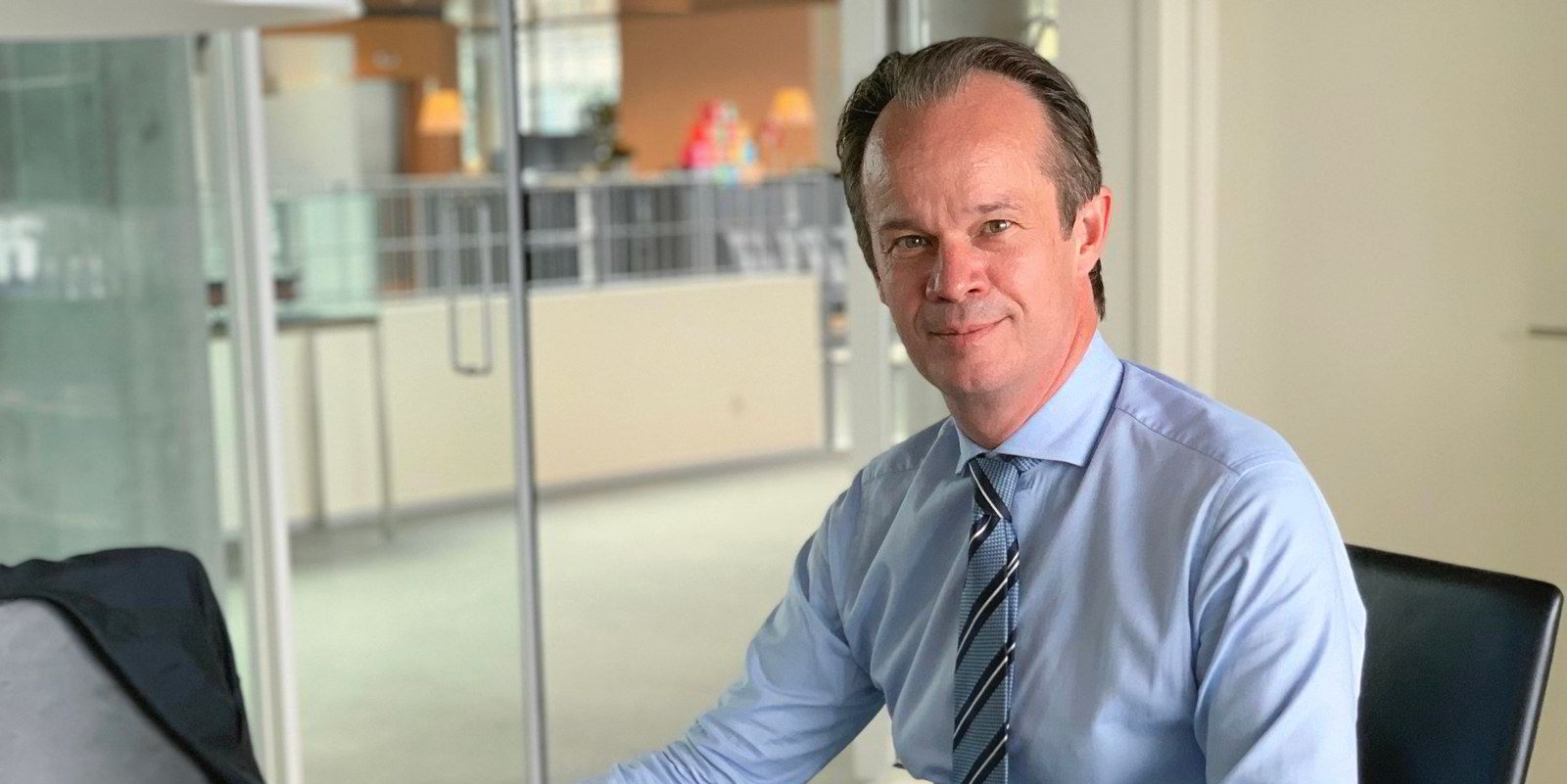The comeback in offshore exploration and production activity has given SFL Corp reasons to be optimistic and will boost its cashflow from this quarter onwards.
The second quarter was business as usual for the Fredriksen-backed leasing company, but new contracts signed for its drilling rigs have added an extra $200m to its contract backlog.
SFL’s semi-submersible ultra-deepwater rig Hercules has just completed its special survey and related upgrades and has been mobilised to Canada for a drilling contract with ExxonMobil. It also has work lined up with Equinor in Canada that will employ the rig until the end of 2024, which will boost contract backlog to approximately $200m.
Meanwhile, SFL’s large jack-up rig Linus is currently under a long-term contract with ConocoPhillips Skandinavia.
“The market for ultra deepwater drilling rigs has rapidly recovered, as demonstrated by the recent Hercules contract award,” the Oslo-listed company said in its report.
“This is driven by limited supply of rigs with harsh environment and ultra deepwater capabilities. SFL expects significant cash flow contribution from the two offshore rigs from third quarter onwards.”
SFL reported a net profit of $16.9m or $0.13 per share for the second quarter. This is down from $57.4m during the same period last year, when earnings per share were $0.45.
Total operating revenue grew to $164.6m from $153.3m year on year.
The net result was impacted by non-recurring including a $6.4m gain from the sale of vessels; net positive mark-to-market effects of $1.9m from swaps, $1m in negative mark-to-market effects from equity investments and a decrease of $200,000 on credit loss provisions.
SFL’s board has declared a dividend of $0.24 per share for the second quarter, the same as for the previous three months. This is the 78th consecutive quarterly dividend distributed by the company.
Ole Hjertaker, chief executive of SFL Management, said the company has transformed into a “maritime infrastructure company” over the past 10 years, with the majority of its assets fixed out on long-term time charters.
“A key part of our value proposition is to own, operate and continuously upgrade the fleet to the highest standards, including fuel efficiency measures to reduce the carbon footprint for us and our customers,” he said. “This translates into multiple repeat transactions with blue-chip customers. It also increases the residual value of vessels in our fleet, as illustrated by the new charters for our two car carriers, where Ebitda contribution will increase fivefold.
“Our fixed-rate backlog continues to grow, and stands at approximately $3.6bn from owned and managed vessels after recent charters. This provides continued cash flow visibility going forward, with significant additional cash flow from the drilling rig Hercules and the newbuild car carriers from the third quarter.”
SFL sold and delivered the 156,719-dwt suezmax tanker Everbright (built 2010) during the quarter, for which it recorded a book gain of $6.4m. Shipping databases show the buyer was Moundreas-backed NGM Energy and that the China-built vessel has been renamed Otis. The sales price was reported by brokers as $41.1m.
Its last product tankers — the 17,777-dwt chemical carriers SFL Elbe and SFL Weser (both built 2008) — were also sold during the second quarter for an undisclosed price in an en-bloc sale to Shanghai Dingheng Shipping of China.
The SFL Elbe has been renamed Ding Heng 43 and the SFL Weser has been dubbed Ding Heng 42 by their new owner.
SFL is left with one VLCC, eight suezmaxes and six aframaxes among its diverse fleet, all of which are employed on long-term contracts.
The firm had free cash resources of $201.5m available for future investment as of 30 June, up from $185.2m at the end of March.




